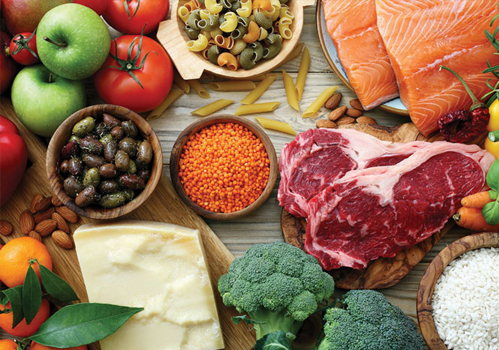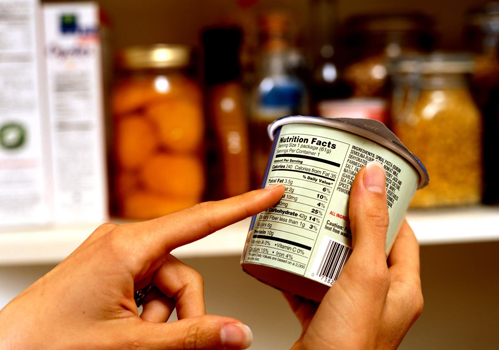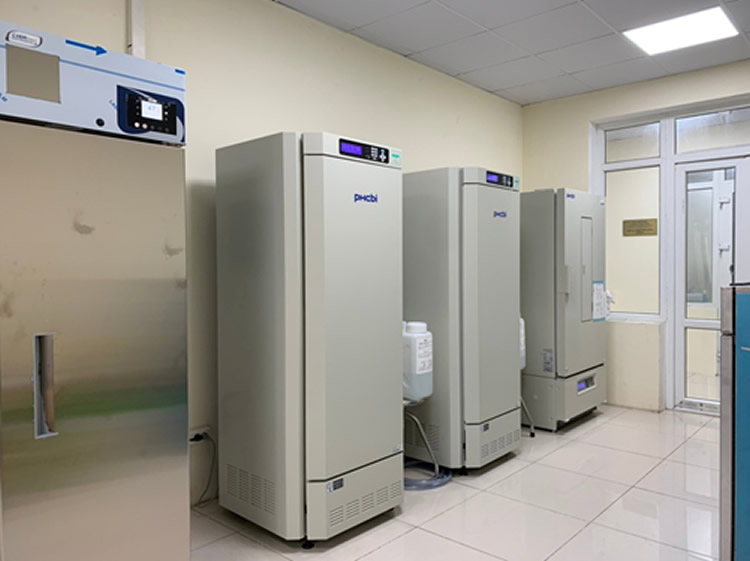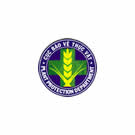- Folder Product Stability and Shelf Life Evaluation
- Views 3504
- Last Updated 27/05/2022
The shelf life of a food product can be defined as the length of time that a product can be kept in safe and/or acceptable quality to the consumer. Like any other food, frozen food is damaged during storage by different mechanisms.
Microorganisms are usually not considered as a problem since they cannot normally grow at the freezing point unless the storage temperature is excessively above that point. Enzymes, which can cause flavor changes (lipoxygenase) in fruits and vegetables and speed up reactions spoiling meat and poultry (enzymes are released after breaking down organelle membranes during cooking) are a major concern for frozen foods. Cell damage or protein-starch interaction during freezing causes watery and mushy when thawing. Discoloration can occur from browning, non-enzymatic bleaching, and freezing. Loss of vitamin C is often a major concern for frozen vegetables. Physical changes, such as ice cover formation, moisture loss, emulsion instability, and crystallization of sugar and ice are often accelerated by fluctuations in storage temperatures.
The shelf life determination for any frozen product depends on the characteristics of the product (raw materials, ingredients, and recipe), the pre-freezing, the freezing process, packaging materials, and procedures and storage conditions. All deterioration and potential hazards often become more complicated by environmental temperature-time fluctuations (e.g. freeze/thaw cycles) during storage.
Determination of shelf life consists of selecting the quality characteristics which can be deteriorated most rapidly over time and then mathematical modeling of that change. The selection of quality characteristics depends on an individual product and often requires professional judgment. Some of the quality characteristics that may be considered are as follows:
|
Frozen food product |
Mechanism |
|
Frozen meat, poultry and seafood |
Rancidity Tough, hard (denatured protein) Discoloration Desiccant (freezing) |
|
Frozen vegetables and fruits Loss of nutrients (vitamins) |
Loss of texture (overheated) Loss of taste (lipoxygenase, peroxidase) Loss of tissue moisture (ice formation) Discoloration |
|
Frozen Concentrated Fruit Juice |
Loss of nutrients (vitamins) Loss of taste Loss of turbidity Discoloration Yeast growth (when overheated) |
|
Frozen dairy products (such as ice cream, yogurt…) |
Ice forming (recrystallization of ice crystals) Sandification (lactose crystallization) Loss of taste Breaking the emulsion system |
|
Frozen convenience products |
rancidity in meat Watery and clumpy sauces Loss of taste Discoloration Ice cover formation |
|
Frozen bakery products |
Exploded packaging (when overheated) (dough) Loss of fermentability (dough) Rancidity (become chewy) Loss of orginal taste |
It is necessary to evaluate the stability/shelf life of the product to keep the best quality of the product to the consumers.

















